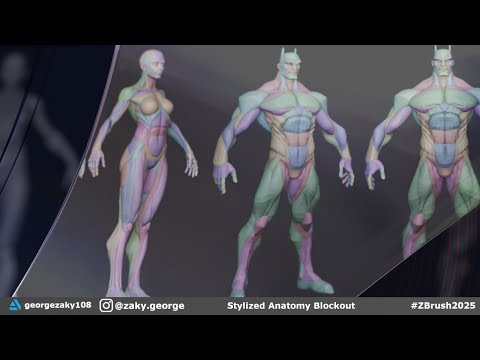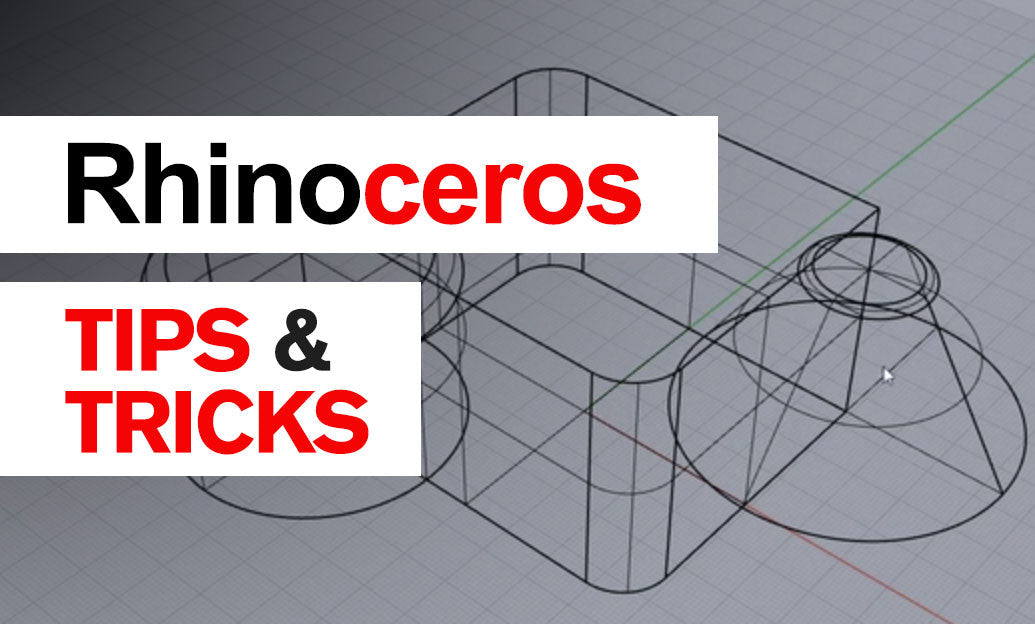Your Cart is Empty
Customer Testimonials
-
"Great customer service. The folks at Novedge were super helpful in navigating a somewhat complicated order including software upgrades and serial numbers in various stages of inactivity. They were friendly and helpful throughout the process.."
Ruben Ruckmark
"Quick & very helpful. We have been using Novedge for years and are very happy with their quick service when we need to make a purchase and excellent support resolving any issues."
Will Woodson
"Scott is the best. He reminds me about subscriptions dates, guides me in the correct direction for updates. He always responds promptly to me. He is literally the reason I continue to work with Novedge and will do so in the future."
Edward Mchugh
"Calvin Lok is “the man”. After my purchase of Sketchup 2021, he called me and provided step-by-step instructions to ease me through difficulties I was having with the setup of my new software."
Mike Borzage
Revit Tip: Mastering Wall Types and Properties for Enhanced Modeling in Revit
August 11, 2024 2 min read

Walls are fundamental components in Revit that define spaces and provide structure to your building model. Mastering wall properties and types will enhance your modeling efficiency and your project's accuracy. Here are some essential tips:
- Understand Wall Types: Revit walls are categorized into Basic, Stacked, and Curtain Walls. Each serves a different purpose; Basic walls are for standard construction, Stacked walls allow multiple materials in one wall, and Curtain Walls are for glass and frame systems.
- Modify Wall Structure: Edit the wall's structure in the Type Properties dialog to match your design intent. You can adjust the layer's function, material, and thickness. A well-structured wall can accurately reflect the construction and is essential for material takeoffs.
- Create Custom Wall Types: Go beyond the out-of-the-box wall types. Create your own by duplicating an existing type and modifying its properties. This is useful for matching specific manufacturer specifications or custom designs.
- Control Wall Join Behavior: Use the Join tool to control how walls intersect. You can allow them to join for a seamless transition or disallow for distinct connections. Proper wall joins can affect both aesthetic and structural aspects of your model.
- Use Wall Sweeps and Reveals: Add architectural details by incorporating sweeps (like cornices or moldings) and reveals (indentations or cutouts) directly into your wall type. This enriches the visual quality of your model without additional modeling.
- Vertical Compound Walls: For multi-story buildings, use vertically compound walls to accurately represent variations in wall construction across different levels.
- Align and Lock Walls: When placing walls, use the 'Align' tool to ensure they are correctly positioned relative to grids or other elements. Lock the walls to maintain their position during design changes.
While mastering wall properties, remember to keep an eye on performance. Overly complex wall types can slow down your model, so balance detail with efficiency.
For a wide range of Revit resources and expertise, be sure to explore NOVEDGE. They offer various tools and add-ons to streamline your Revit experience.
Remember, a well-organized Revit wall strategy leads to a successful and accurate building model. Happy modeling!
You can find all the Revit products on the NOVEDGE web site at this page.
Also in Design News

Stylized Anatomy Blockouts with George Zaky - Zbrush 2025: Day 10
August 31, 2025 1 min read
Read More
Rhino 3D Tip: Understanding Surface and Solid Modeling in Rhino for Enhanced Workflow Efficiency
August 30, 2025 3 min read
Read MoreSubscribe
Sign up to get the latest on sales, new releases and more …



